Nepal is a country of diverse cultures, peoples, and languages. The Himalayan Mountains are home to many tribal and ethnic people who still practice their ancient traditions and customs which dictate when these festivals will be celebrated. The Himalayan festivals in Nepal are amazing ways to understand the cultural belongingness of the ethnic mountain communities.
The tribal people of Nepal have always been perceived as primitive and backward. Many have experienced discrimination or outright rejection by their neighbours who are Hindu by religion. These festivals are an opportunity for them to celebrate their Nepali heritage. It also enables the visitors to explore the unique culture that is purely celebrated in a particular region.
Nepal is known for its festivals, some of which celebrate the country's cultural heritage and religious beliefs. With that being said, there are a lot of great festivals to visit in Nepal. What sets these festivals apart are the splendid views that you get to enjoy along with them. Cultural and traditional values integrate these festivals.
The different reigns and belief systems of old times have perhaps integrated the culture to celebrate the festival as a way to express happiness and belongingness to a particular sect or community. This is in the modern day a commodity of the national lineage and is an interesting heritage to explore in the mountains of Nepal.
Nepal is a beautiful country best shaped by its culture and natural topography. Travellers visit Nepal to explore its exotic Himalayan landscapes and the lifestyle of people. Most importantly, the festivals and cultural shows have now become a source of attraction for a niche group of travellers. The festivals in the Himalayas of Nepal provide an opportunity to take a peek into the cultural dimensions of tribal communities in remote landscapes while opening a fine chance to witness the majestic Himalayas. In this article, you will get to know about the top 10 popular Himalayan Festivals in Nepal.
Himalayan Festivals in Nepal
It's easy to get caught up in the big festivals in the big cities. And while those certainly have their own charm, it can be equally fun (and much easier on your wallet) to explore lesser-known festivals in smaller towns. So we're going to tell you about one of our favourite hidden gems: Himalayan festivals in the Himalayas of Nepal. The Himalayas of Nepal is found in the northern region of Nepal. In fact, more than half of the landmass of this country lies in the mountains and the Himalayas.
The varied cultures of this area influence the different festivals which take place here. Festivals are celebrations held in many communities around the world. Festivals are a time of excitement, music, food and fun. They can also be an opportunity to learn about the richness of a culture or ethnic group. Festivals in Nepal can range from very elaborate to very simple and they are celebrated at different times throughout each year.
The ethnic communities such as Sherpa, Tamangs, Limbu, Thakalis, Lobas, Magar etc. have their own sort of festival celebrations. Most of such communities reside in the mountain region, so they have their own set of traditions. The celebrations are unique and best preserved, allowing the visitors to witness festivities that are unique to a particular community.
Himalayan Culture and Lifestyle
Himalayan culture is the native culture of the Himalayan Mountains, which make up a sizable portion of Nepal. It is often said to be one of the most culturally diverse regions in the country, featuring Buddhism coexisting with Hinduism. Its diversity has given rise to some unique traditions which are carried out on an everyday basis. These include celebrating festivals during specific times throughout the year, particular types of clothing styles, and dietary changes. The culture has also produced unique folk songs and music, which have been handed down from generation to generation. Himalayan culture is most evident in the Nepalese village, but it can also be seen elsewhere around the world.
Due to its many varied cultures, tradition is an important part of life in the Himalayan region and has been since ancient times. Each region has its own different customs and upbringings. Historical records have shown that people have lived in some of these regions for thousands of years. However, many Himalayan communities are believed to have some roots in Tibet. So, the vast influence of Tibetan practices is seen in the Himalayan communities of Nepal.
Culture is a continuously evolving phenomenon. Wide dimensions of lifestyles and traditions are continuously changing due to the exposure of modernity in the mountain areas. But some of the isolated mountain areas have best preserved cultural practices that make the most astonishing part of your travel experience in the mountain landscapes of Nepal.
Himalayan Region- The Buddhist and Bonpo Influence
For centuries, the people of the Nepalese Himalayas have celebrated festivals with great pomp and joy. These revels are a reminder that we need not be enslaved by our worries, but instead can meet them head-on with laughter and good cheer. In fact, it is precisely through celebrating festival days that we cultivate serenity of mind and contentment of heart.
Buddhism is a major part of the culture in Nepal. In the higher elevations, the Buddhist influence is vastly recognized, mostly due to the Tibetan influence on culture. So, there are numerous Buddhist and Bon religious festivals celebrated in the Himalayan belt of Nepal. Hindu population is comparatively lower in a higher elevation than Bonpo and Buddhism. Most of the people in the western mountains such as Dolpa follow Bonpo religion while in the easter mountain landmass, Buddhism followers are in greater numbers.
Despite the religion, cultural and religious harmony is the best part of exploring the Himalayan culture and festivals in Nepal. People getting together in feasts and organizing various events with huge enthusiasm in the local community portrays a sort of unity and togetherness despite having differences. This is not only about the Himalayas, the harmony and close religious ties among Hinduism, but Buddhism, Christianity, Islam and other religions are also widely admired in every corner of Nepal.
Major festivals celebrated in the Himalayas of Nepal
The following list of festivals is a cross-section of celebrations in the Himalayas of Nepal. Not all ethnic groups listed celebrate the full range of festivals listed below, nor do they all celebrate the same date. Some festivals are specific to one area while others are celebrated throughout Nepal. All festivals are celebrated according to the lunar calendar and therefore dates change annually.
|
Tiji Festival |
Upper Mustang |
|
Yartung Festival |
Mustang and Manang |
|
Mani Rimdu |
Everest Region |
|
Gyalpo Lhosar |
Everest Region |
|
Dumji |
Everest Region |
|
Lha Phewa |
Mustang Region |
|
Shey Festival |
Upper Dolpo |
|
Badhe Festival |
Manang |
|
Mitha |
Manang |
|
Dhekap |
Himalayan Belt |
Tiji festival
Nepal is a country known for its natural beauty and diversity. The country also has an abundance of cultural festivals that range from religious celebrations to rural festivities. The Tiji Festival is an event in Upper Mustang, held in the month of May during the monsoon season. The festival is celebrated for three days to welcome the change of season and to give thanks for good harvests. During the festival, people decorate their houses with a variety of colourful flags and smear themselves with mud to symbolize cooperative efforts.

This festival honours the defeat of the demon Man Tam Ru, a nasty entity that preys on humans and is responsible for storms and droughts, by Lord Buddha's incarnation Dorjee Sonnu. The celebration is still endemic to Upper Mustang residents. Tenchi is referred to as ‘Tiji’. These two are condensed versions of the Tibetan term Tenpa Chirim, which implies a prayer for world peace.
The three-day festival commemorates the triumph of good over evil and features dances, chants, and prayers performed by monks decked up in vibrant garb. During the occasion, the ‘Choedhe’ monastery's monks perform ritual dances. It is a vibrant festival to explore in Upper Mustang and is renowned for the amazing festivities in the Upper Mustang region of Nepal.
Yartung Festival
The Yartung Festival is a celebration that takes place every year in Mustang of Nepal. It is a religious festival that occurs every year on the full moon of August. It usually falls between 14th August to 18th August and is celebrated to bid farewell to the summer months. The celebrations last for three days, and include worshipping Buddhist deities and other Himalayan mountain gods and goddesses. The main event is performed by the locals, lamas, monks, and competitors by organizing horse races. It is also one of the major attractions of the Yartung Mela. The locals enthusiastically praise this event, enjoying the great life the middle of the year has provided them.
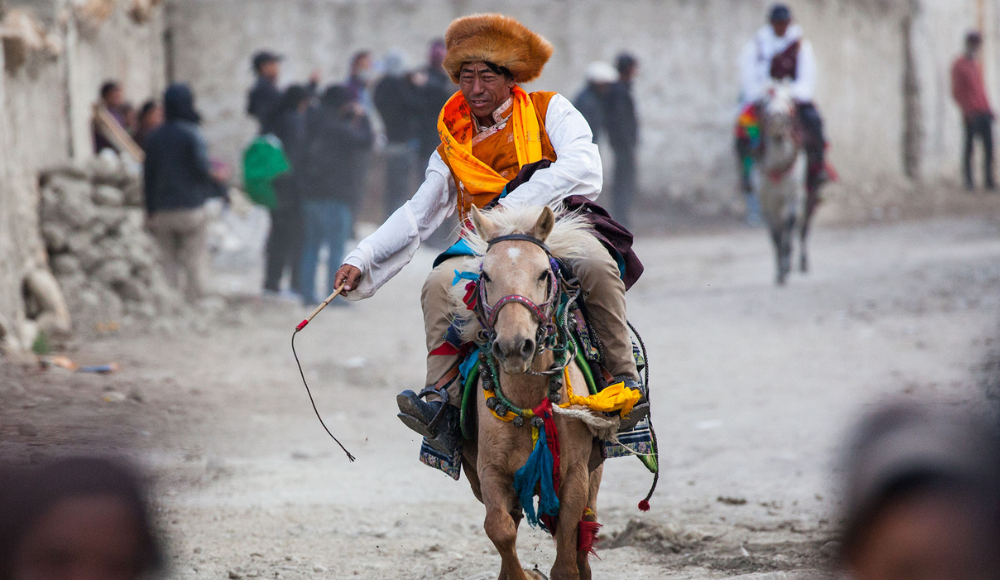
For the Gurung and Thakuris of Khinga, Jharkot, and Ranipawa, Yartung is one of the most important festivities. They congregate in Muktinath to celebrate the end of summer, dress well, display jewellery, and have a good time with one another. After completing their fieldwork, Yartung is honoured by the locals as the summer season comes to an end. Together, the villagers from different places in Mustang enjoy the holiday while riding horses. It is a custom that has been observed for many years and is regarded as part of the cultural identity. Nowadays, many people from other parts of Nepal and foreign land visit Mustang of Nepal to witness this magnificent festival.
Mani Rimdu
The Mani Rimdu Festival is an interactive festival that takes place during the Nepali month of Asar/Shrawan (October-November), and is most celebrated in the mountain villages of northeast Nepal. The event is celebrated by monastic communities of Khumbu region, and is intended to appease the gods and goddesses by means of offerings and rituals. The celebration lasts for nineteen days and is followed by a three-day public festival. For five days, Lamas and Sherpas congregate at the monastery to promote world peace. The festival's major first day is dedicated to prayer, and on the second day, lamas dance in vibrant costumes. The final day is reserved for some amusing dances and prayer chants.

It is the most remarkable Himalayan Buddhist festival, which is celebrated annually in November at Tengboche, Thame and Chiwong Monasteries of Everest region in Nepal. The Sherpas, Lamas and Monks primarily celebrate this festival in a belief of religious triumph. Many trekkers witness this festival and even plan to explore the beauty of Himalayas while blending it with the incredible cultural and religious celebrations.
Gyalpo Lhosar
Gyalpo Lhosar is mostly celebrated by the Sherpas of Nepal. It is an annual festival that marks the beginning of new year as per the Tibetan calendar. From Falgun Shukla Pratipada, the second day of the waxing moon, till the full moon, the festival is observed each year. It is an important festival to explore in the Himalayas of Nepal that provides an amazing experience.
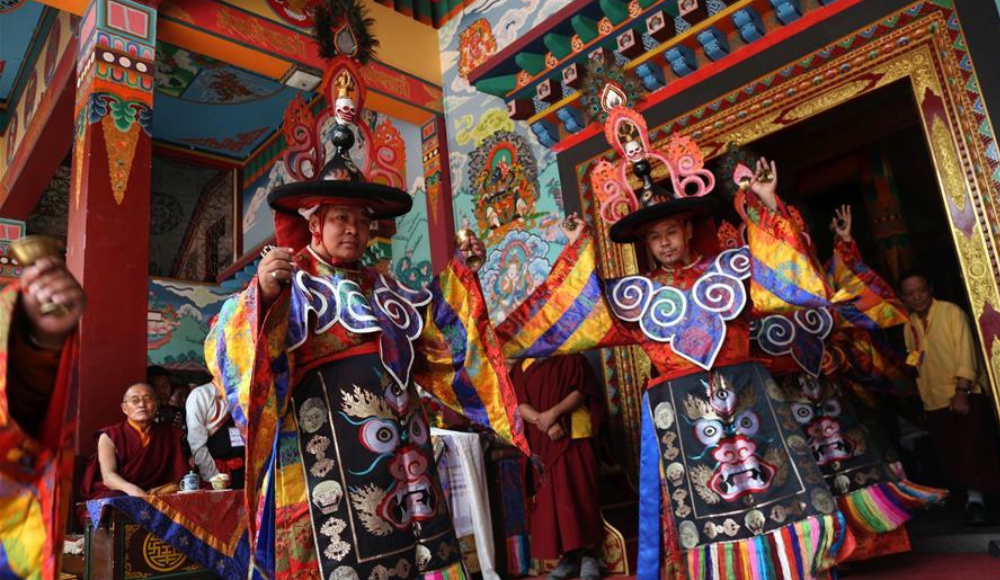
The legend states that the Losar was first seen when an elderly woman by the name of Belma invented moon-based timekeeping. People conducted ceremonies of thanksgiving at the nearby spring, made gifts to the Nagas (the serpent deity), or water spirits, who energized the water element there, and offered incense to the local spirits connected to the natural world. It is a 14 day festival where the main celebrations take place in the first three days. In the monasteries, a variety of ancient ceremonial dances that depict the conflict between god and the demon are performed. Fire torches are carried around the crowd while mantras are recited.
Dumji
The Sherpas celebrate the Dumji Festival in Namche Bazar, Tengboche, Thame, and Chiwong Monastery. This celebration aids in uniting the villagers as a civic and religious obligation. It is customary for each family to alternate hosting the celebration every 20 years. The celebration honors Guru Rinpoche's birth on a lotus blossom. It is a vibrant and magnificent event that is one of the major attractions of the Khumbu region in Nepal.
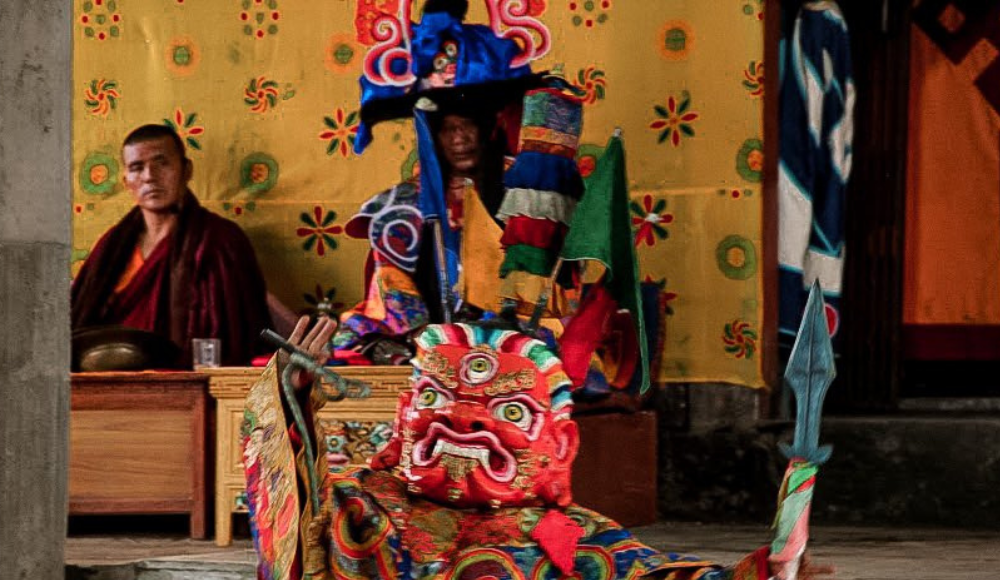
The purpose of the Dumji celebration is to protect the village from bad luck and to foster harmony and prosperity. The earliest cloister of the Khumbu was written by Lama Sangwa Dorji, who was also the first to start the Dumji celebration in Pangboche about 365 years ago to coincide with Guru Rinpoche's birthday celebration. Since the festival falls in monsoon time, it is one of the remarkable festivals that is worth exploring. Due to less number of trekkers, the festival can be witnessed with the utmost magnificence.
Lha Phewa
Lha Phewa is a Thakali festival celebrated every 12 years. The Thakali community of Thaksatsae region celebrates the festival that commemorates God's presence on earth. Tha Thakali clans such as Gauchan, Tulachan, Sherchan, and Bhattachan have their own deities. The Lakhangs or deities are taken out of the temple during the celebration and worshipped by the respective priest of the respective clan.

Another interesting fact about Lha Phewa festival is the different Thakali Clans have their own distinct color. As per their dedicated color, the priests get dressed and the festivities are organized. The deity of the Gauchan is an elephant, the Tulachan is a water monster, the Sherchan is a lion, and the Bhattachan is a yak. Similarly, the color preference of Gauchans is Red, Tulachan’s Green, Sherchan’s White and Bhattachan’s Black. The festival is mostly celebrated in the Thakatse region of Mustang in Nepal.
Shey Festival
In Nepal's upper elevations of Dolpa, the Shey Festival is a pretty exciting Dolpo festival. The majority of the Shey Gompa community celebrates it, and Buddhists revere it. It takes place once every 12 years during the Tibetan calendar's dragon year. The festival is connected to Crystal Mountain's spiritual importance.

The devotees walk around crystal mountain during the festival and offer prayers for a pleasant life and well-being in the area. This festival typically takes place in August. Many tourists who are aware of the significance of this isolated mountain valley take part in this magnificent festival and appreciate the little-known Dolpo culture. People from within and outside of Dolpo travel to Shey to see the celebrations because they respect the mountain's immense power. The guests' devotion to crystal mountain and their religious outlook are noteworthy.
Badhe festival
Badhe is a war festival that honors peace, and revives the old forgotten rituals in the Manang district of Nepal. On the first day of the tenth month of the Tibetan calendar, the locals of Manang celebrate the Badhe Festival once every three years. The locals believe that Badhe has a variety of expressions. The earth serves as the stage for this elaborative performance of art and heritage. It is a Nyeshang oral tradition that is performed on the small courtyards and terraced fields which serve as the backdrop. Bade celebrates the story of two warrior brothers. On the other hand, this festival also recites the story of the Ghale king who sends his troops to battle.
The role play tradition is organized by the locals honoring the two warrior brothers who were in conflict due to the temple visiting of the younger brother before the elder one. The tradition has some oral roots that also link the tribute and homage of the Ghale armies who begin their battle with the Bade celebration. It is also an important, revived from extinction, a festival that is celebrated in the Manang region of Nepal.
Mitha
Mitha festival farewells the winter season and welcomes the blossoming spring. This festival is celebrated in the Manang district of Nepal. The festival is mainly about the farmers who get ready to cultivate the plants and as a fun tradition, this festival marks the beginning of Summer in Manang district. An archery competition is organized where the younger people play with bow and arrow and females throw the juniper leaves and branches at the male who hit the target. Feast is organized for the participants by the females of the village and the males mostly focus on the game. This annual festival is celebrated in the months of April or May for six days.
Dhekap
Dhekap festival is a fun festival celebrated on certain days in October and November. For the celebration, people congregate in the courtyard of their neighbourhood gompa on specific days to see the exuberant monks dance in masks. The Monks perform dances and cosmic shows are organized. It falls on the same day as the Hindu festival of Tihar. While the significant story behind the celebration is a mystery, the festival has some roots to Buddhist traditions.
Explore the festivals in the Himalayas
The Himalayas are the most beautiful places on earth. The mountain land becomes more beautiful with the spiritual energy that flows in it and the people of the mountain cherish it. Exploring this festival is a perfect activity that allows the travelers to emerge and educate themselves about the unheard and unseen cultural dynamics of the mountain areas. The sacred landscapes are vividly worshiped by monks and priests and numerous festivities alongside are an amazing attraction to witness in this Himalayan land.
In the Himalayas, the festivals are a special kind of celebration that take place in the Nepalese region. Indigenous people celebrate the days of victory, festivals highlight the culture and history of their society. There are many festivals celebrated in Nepal as per the tribal history, ethnicity and oral traditions, with each one having its own unique traditions and celebrations.

Although these festivals have been culturally significant for decades to centuries, they are now increasingly popularized on the larger global scale due to increased interest from tourists and visitors from around the world. The Nepalese have different traditional dances that not only represent cultural beliefs but also demonstrate community identity as well. These celebrations reflect the traditional beliefs, origin of diverse cultural heritage, and tradition of the people.
The festivals in Nepal reflect the culture and traditions of their society and are significant to their social lives. These festivals are also chosen to commemorate historical events that occurred in a particular unit or village. Since these celebrations provide a great opportunity for them to relay social messages, they become a way in which they can share their history with the rest of the nation as well as the world.
As mentioned above, there are hundreds of festivals celebrated in Nepal. Due to their cultural significance as well as to their connection with historical events, they have been venerated for years and are now honored each year, or as per the Tibetan calendar or Lunar calendar during the passing season of the year. The majority of these festivals take place during the winter months when the weather is greener and more welcoming.
Festivals - A unique Cultural Dimension to Explore
Festivals are a way of life for many communities across the world. In today's day and age, people are constantly on the move, leading a hectic lifestyle where they're always on the lookout for fun activities to engage in. If you don't have time to plan an elaborate vacation or simply want to escape your normal surroundings, festivals will help. They offer a stress-free environment where you can connect to your soul and feel that rush of adrenalin that only music, dance, and spirituality can provide. The Nepalese hospitality, culture and traditions mark the festival as a unique celebration, where mostly the guests are honored with admiration and given the respect of a high grade.
The sheer variety of festivals occurring in different communities is mind-boggling. From the neon colors of Holi to the horse riding in higher elevations, these festivals are an excellent way to experience diversity across cultures. All you need is a little bit of motivation and research to plan a trip that will give you memories for life. But before you get started, it is important to know more about festivals and their origin.
People are naturally going to want to provide an experience that lasts a lifetime. Nobody would argue against that statement. But before festivals were invented, humans used different seasonal celebrations to mark the changing of seasons. The different celebrations were linked with the various crops left in the field or harvested by harvesters. The presence of these crops would signal their availability for consumption, or harvest time was near when they would be ready for harvesting. The folklore and belief system based on divine power is also an important phenomenon that emerged as a festival.
Festivals are a way of life for many communities across the world. In today's day and age, people are constantly on the move, leading a hectic lifestyle where they're always on the lookout for fun activities to engage in. If you don't have time to plan an elaborate vacation or simply want to escape your normal surroundings, festivals will help. They offer a stress-free environment where you can connect to your soul and feel that rush of adrenalin that only music, dance, and spirituality can provide. Festivals are indeed an incredible way to explore geography, culture and natural beauty. For the vibrance it unfurls, Nepal’s Himalayan festivals in the northern belt are no exception.
DOs and DON’Ts
Nepal is one of the developing countries in Asia, yet it is also an incredibly diverse and beautiful destination for anyone looking for adventure and cultural exploration. The Himalayas of Nepal is home to many fascinating festivals, each with its own unique style and customs. You can be sure that no matter what festival you visit, you will feel a sense of connection to the local culture and traditions, as well as feel like you are part of a shared cultural experience.
From tumultuous annual adventure festivals such as Yartung where the horse race is organized to the vibrant Tiji festival celebrations and mountain adventures, the festivals of Nepal cover the full spectrum of Nepalese culture and tradition. So if you are planning to travel to Nepal and want to experience a different type of festival than the rest of your trip, then you should know about some DOs and DON’Ts while visiting the remote land of Nepal for cultural exploration.
-
Befriend locals and respect the hospitality they offer.
-
Write down everything that catches your attention in the daily life of Nepalese natives.
-
Keep a journal while you are on the trip, write about observations and experiences so that you can have a record of it later on. This will be especially helpful for planning visits back to Nepal in the future.
-
Incorporate history and culture into your activities and plan for at least 4 days to properly organize your time well ahead of time.
-
Visit sacred temples, Hindu and Buddhist but be mindful of the costumes and temple traditions, rules and regulations.
-
Plan your day itinerary to maximize your time.
-
Pack a raincoat or umbrella. Bring a small bag to keep your valuables while you are moving around.
-
Try not to eat street food from open stalls, especially when you are sick or have diarrhoea. It is ideal if you can find some places where hygienic standards are high and food is served safely.
-
Do not wear expensive jewelry in public.
-
Even though people are friendly sometimes, avoid being overly trusting of them, just to be on the safe side.
-
Never leave your bags unattended no matter where you are or what you're doing. It's much better if you have a hand on them the entire time.
-
Try to be polite at all times and speak in a calm and nice tone of voice with everyone you meet including locals and foreigners alike.
-
When in Nepal, make sure you are respectful of their culture and religion, locals may get annoyed when you disrespect them in any way.
-
Keep track of your expenditures and do not overpack.




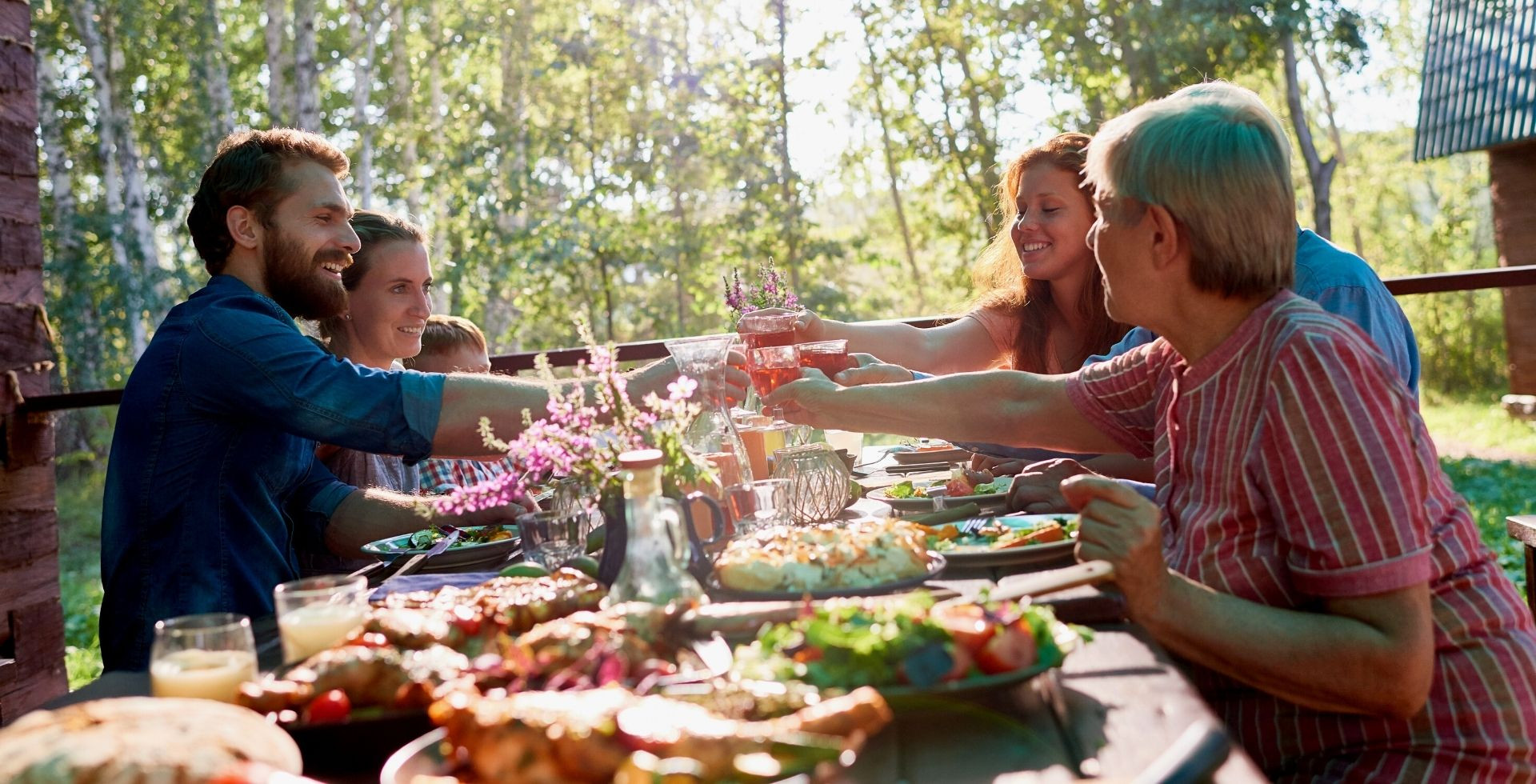
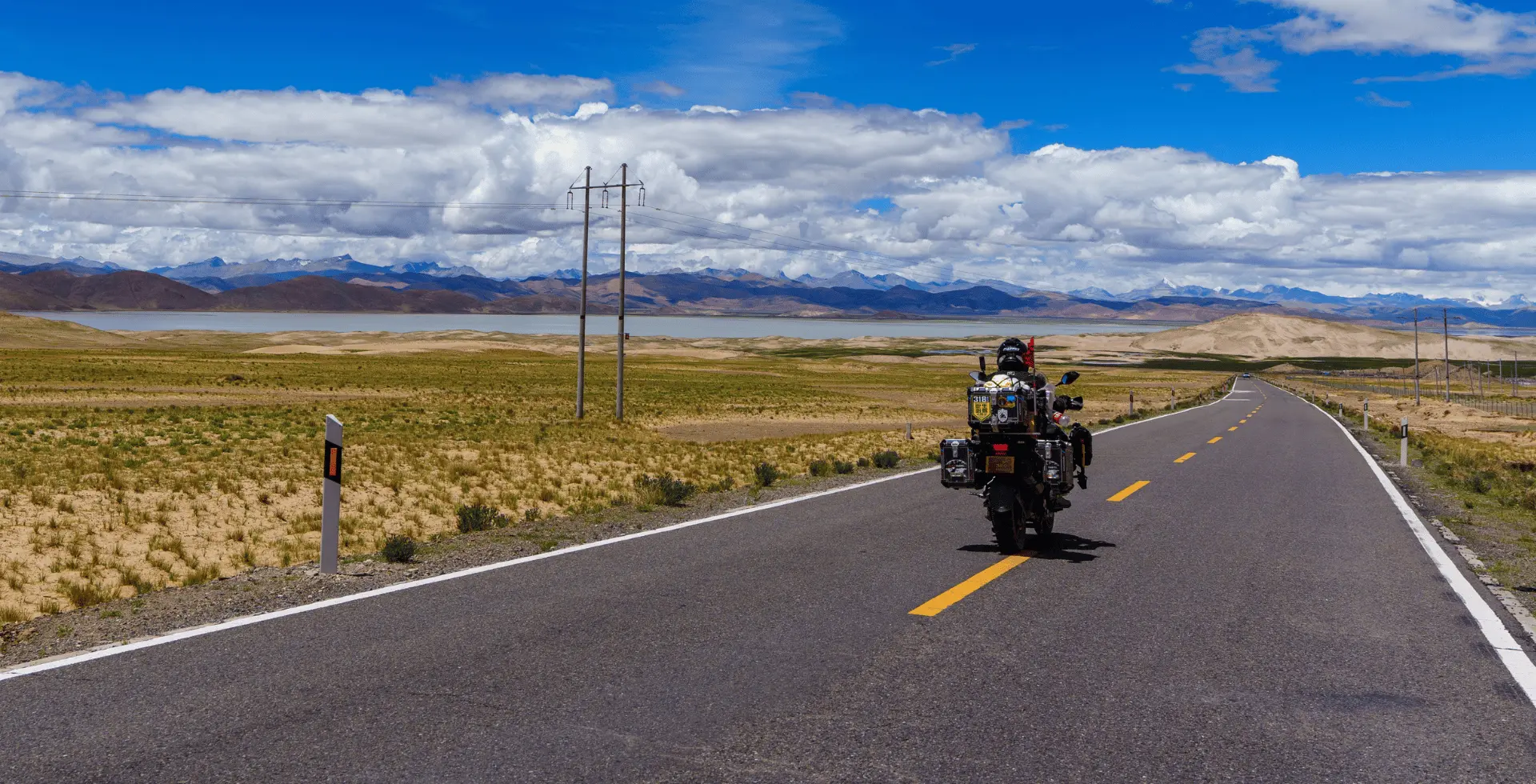
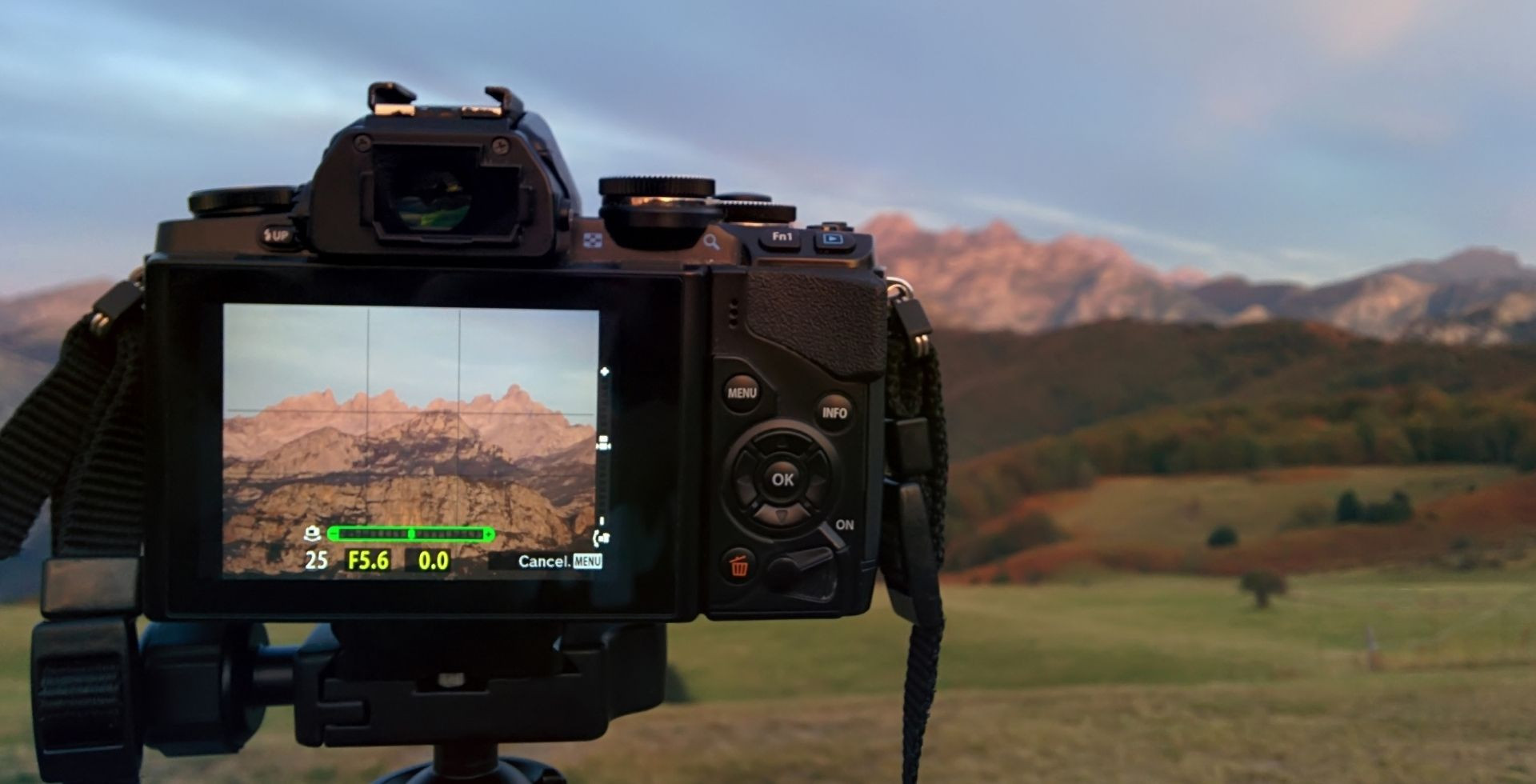

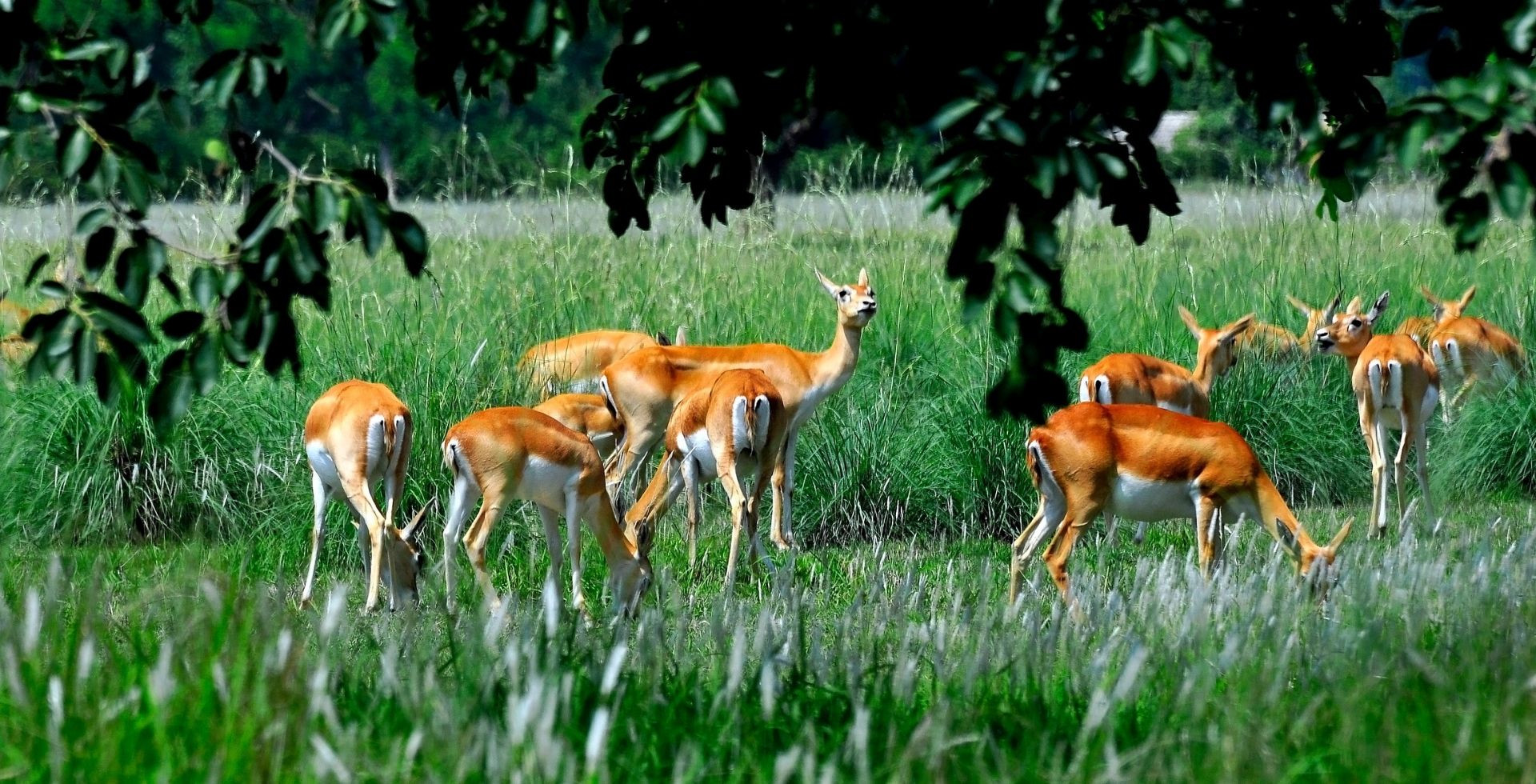
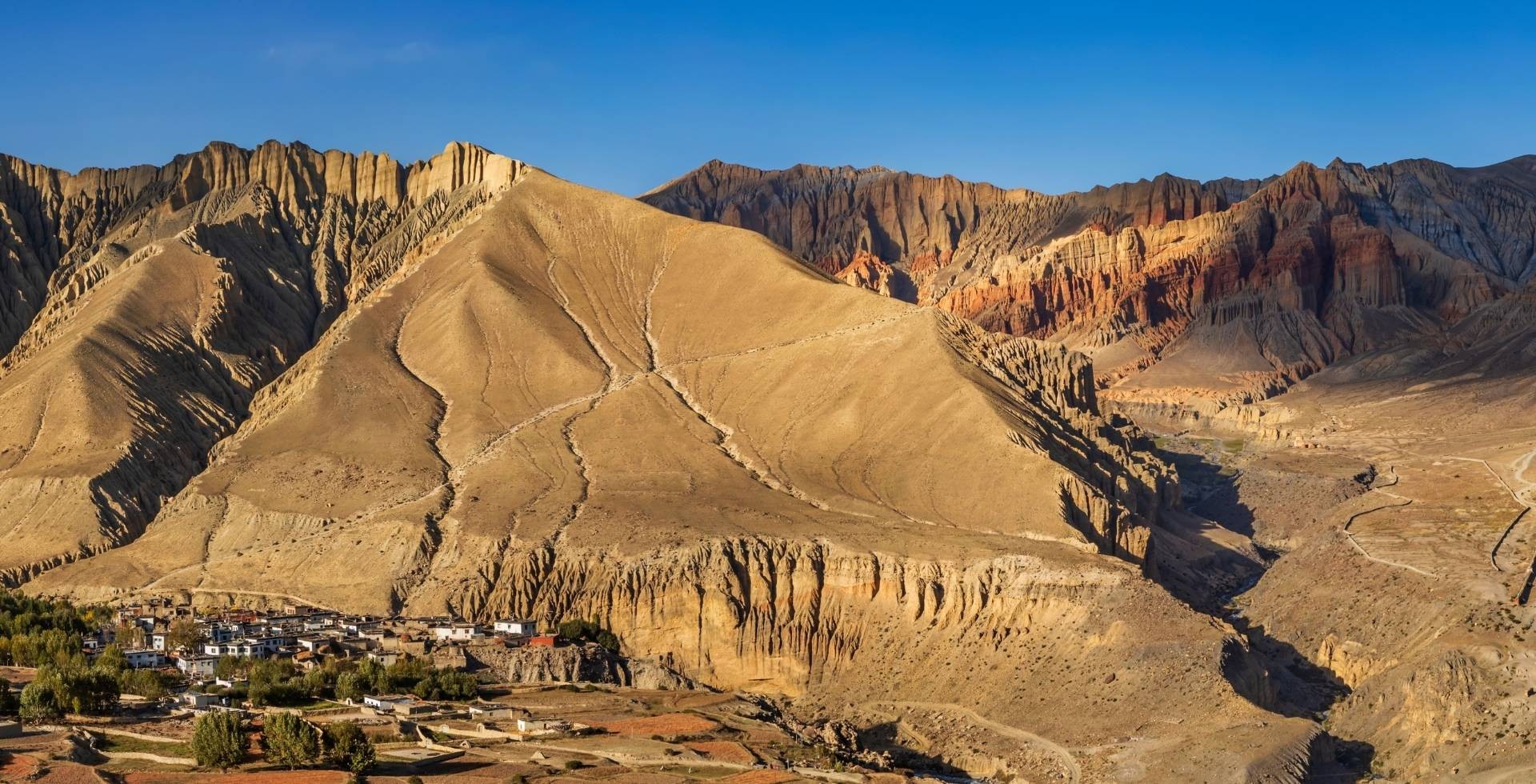

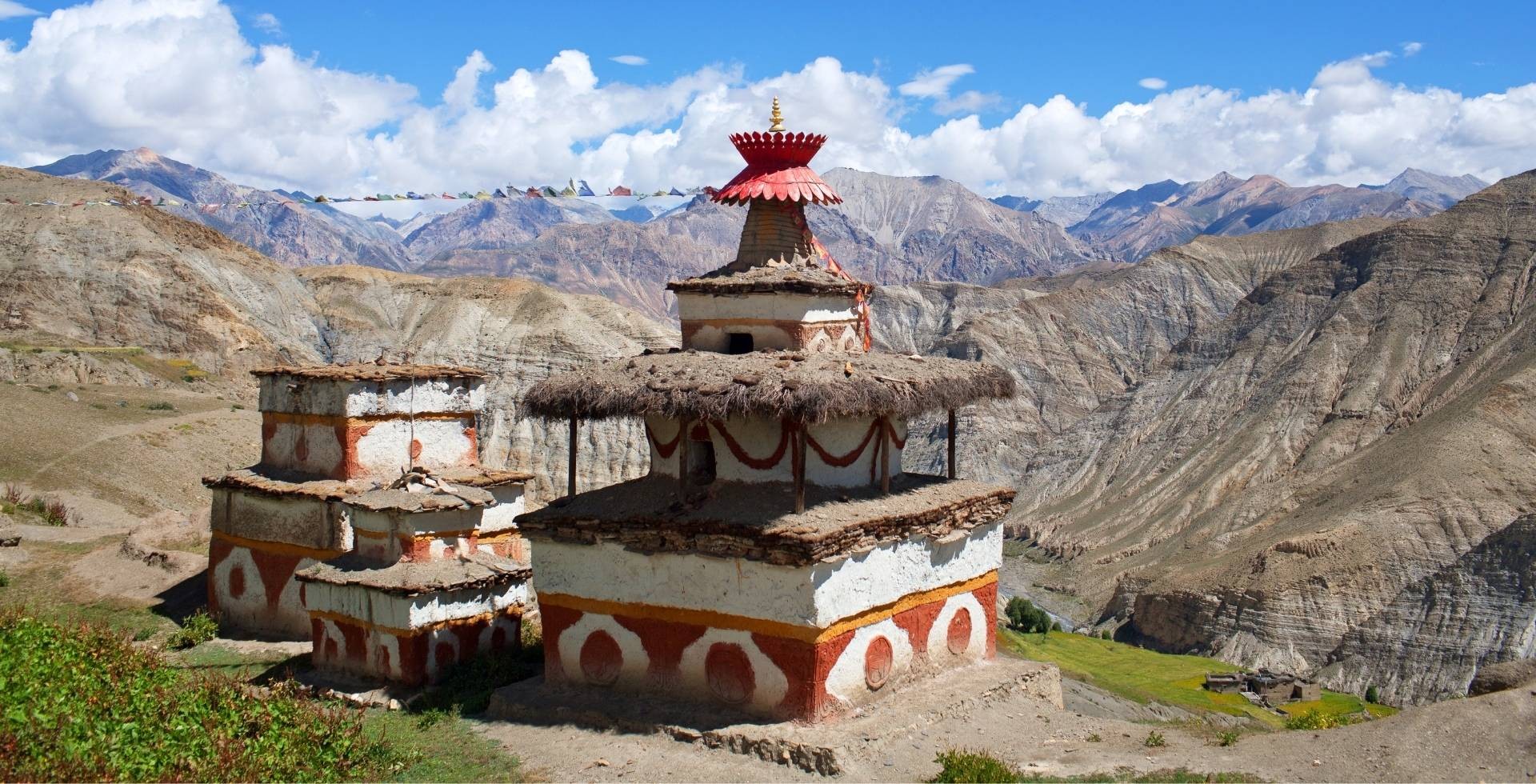
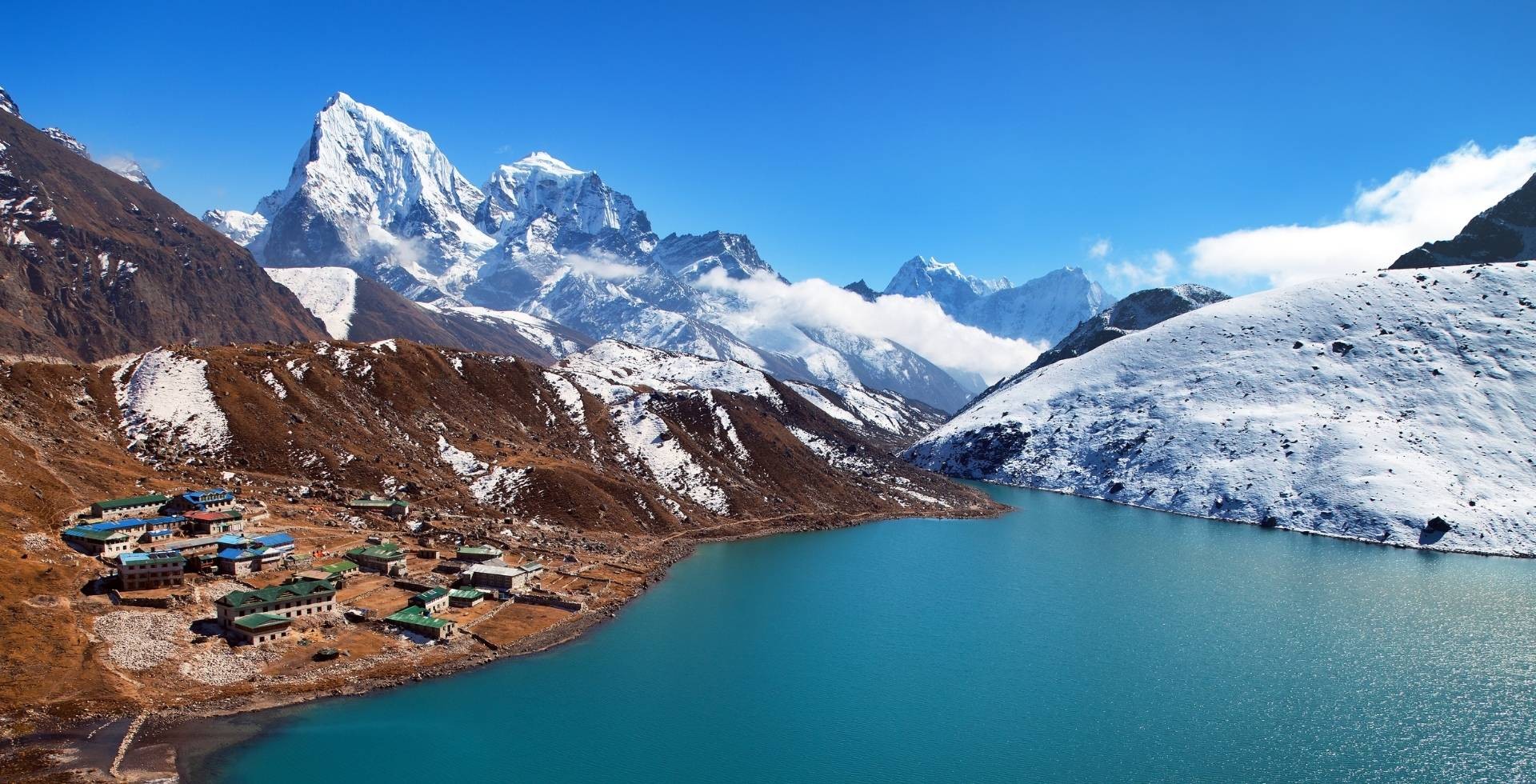

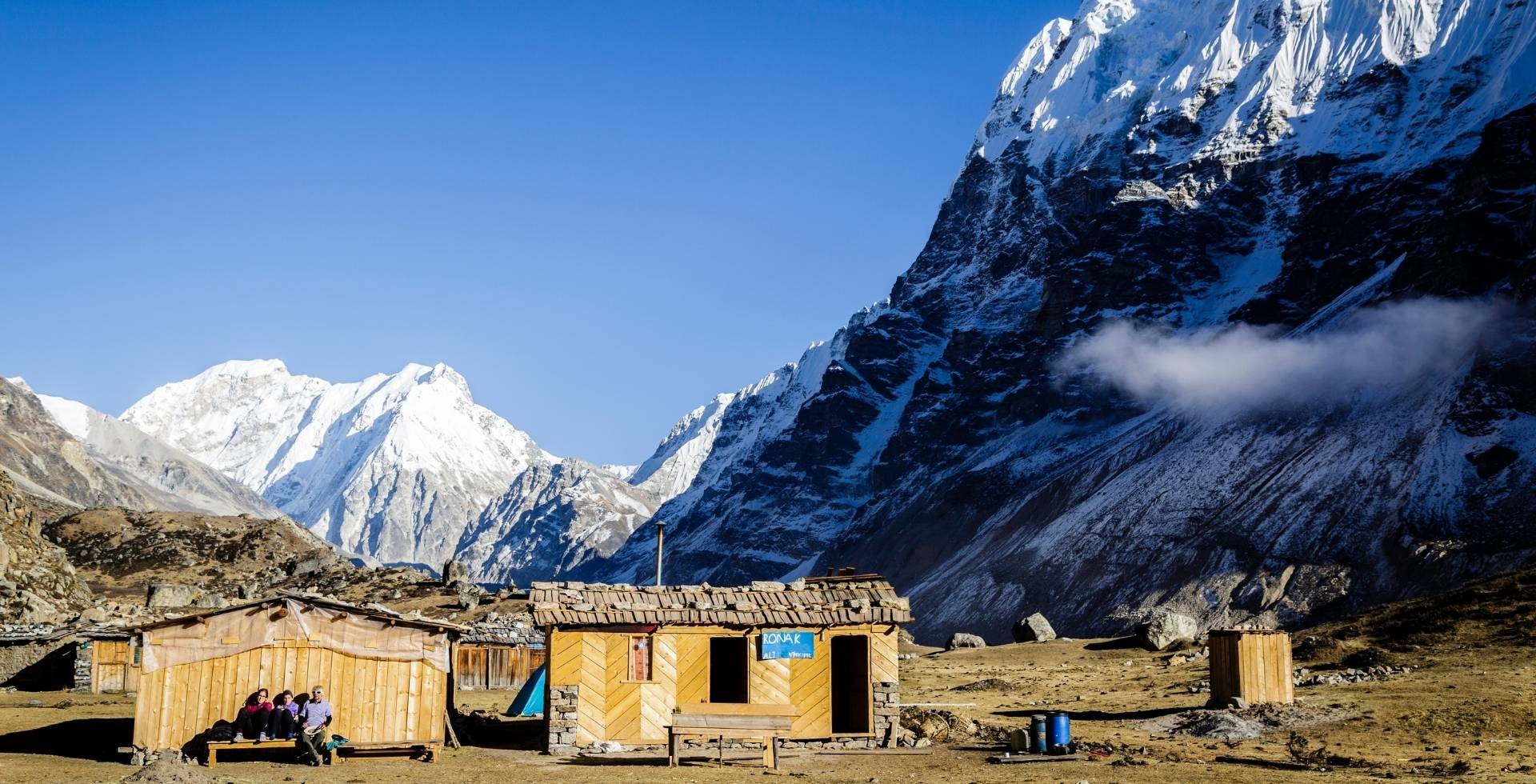
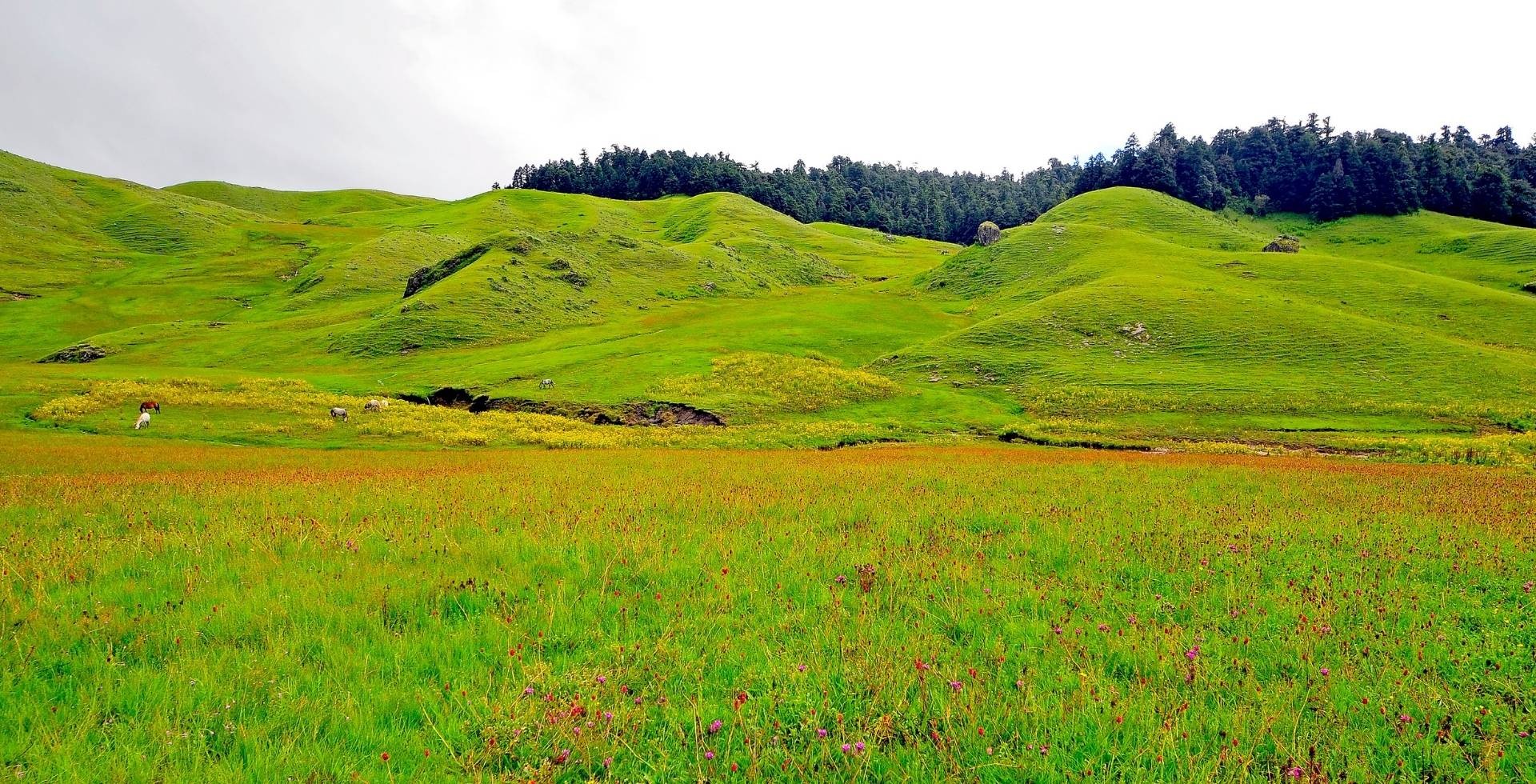
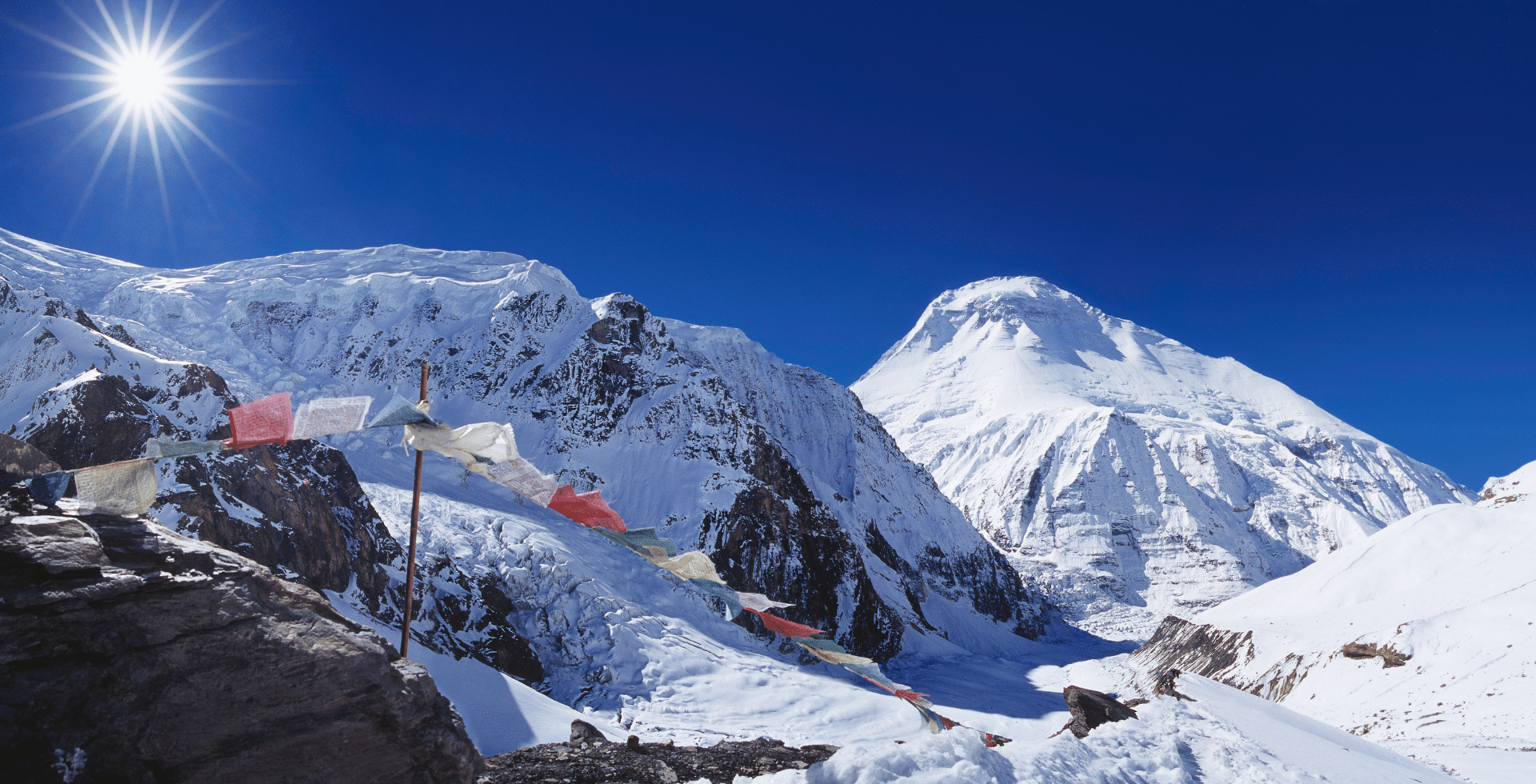
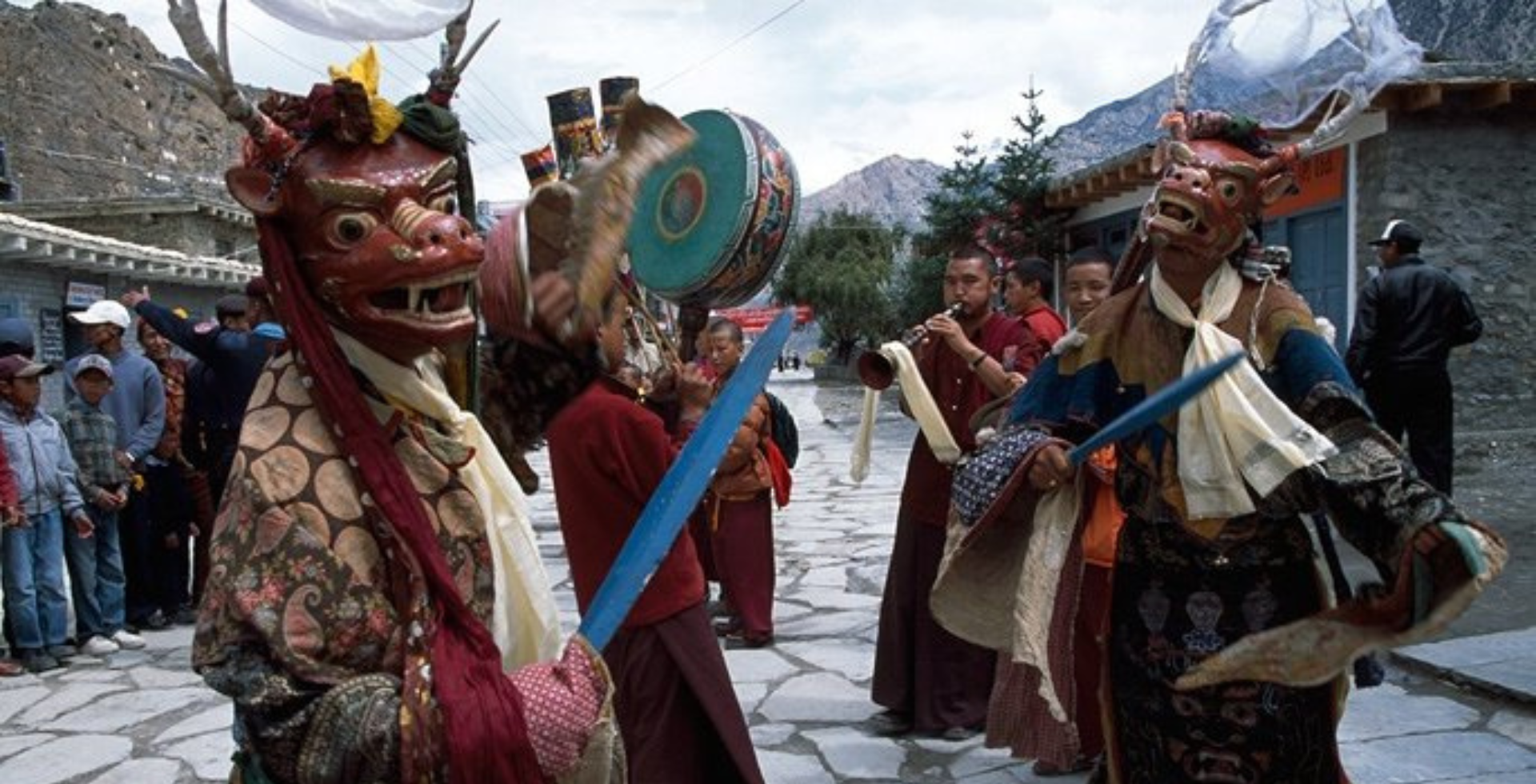
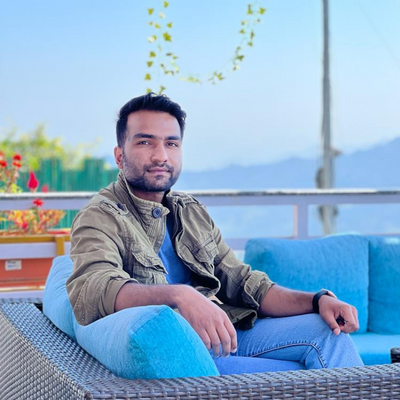 Deepak Raj Bhatta
Deepak Raj Bhatta